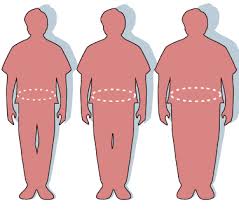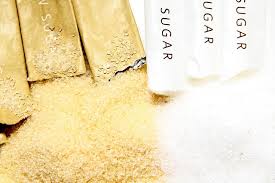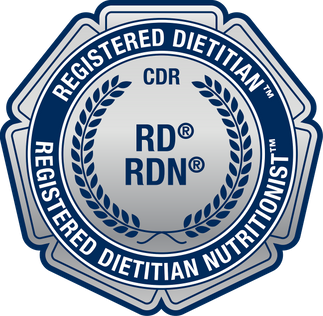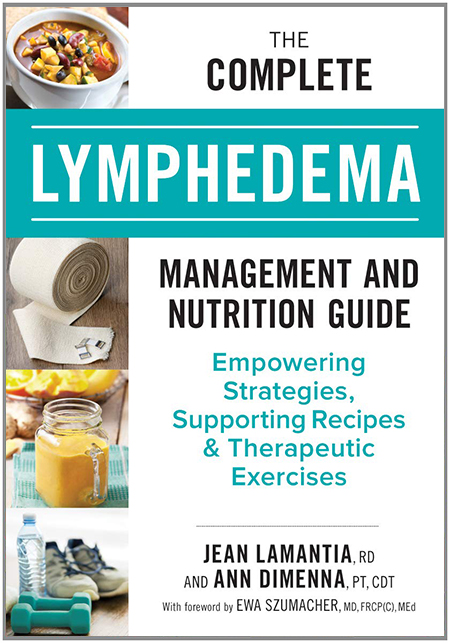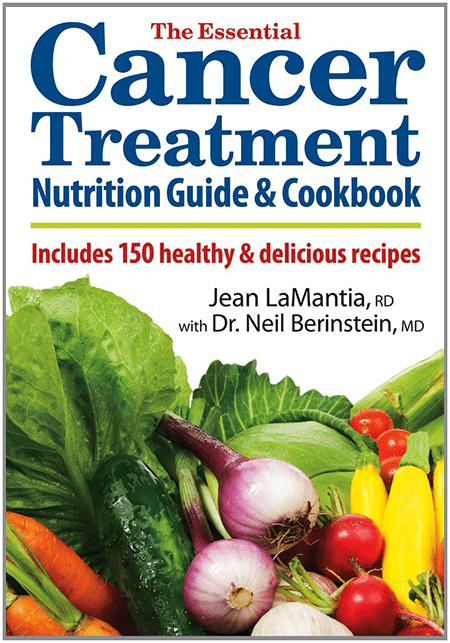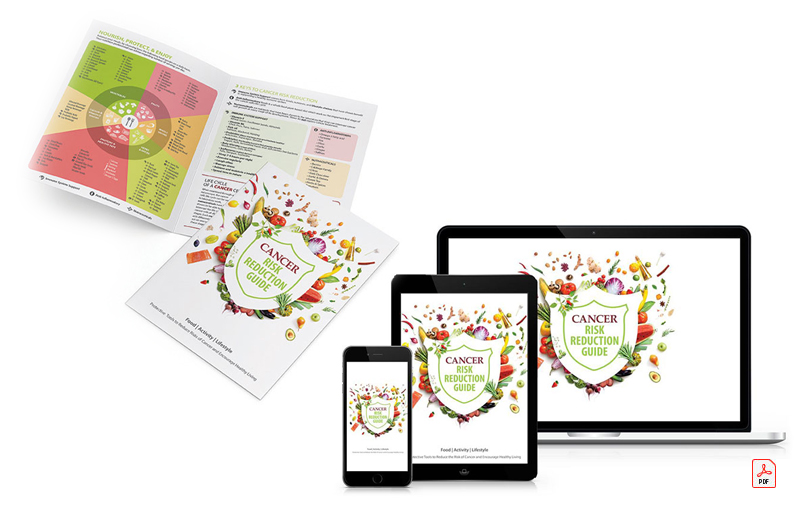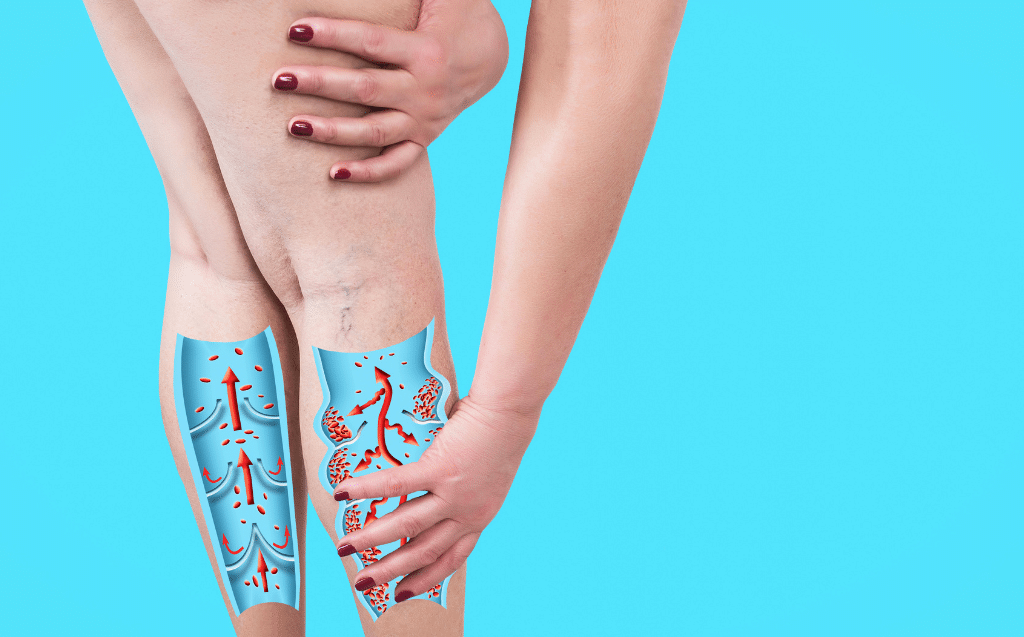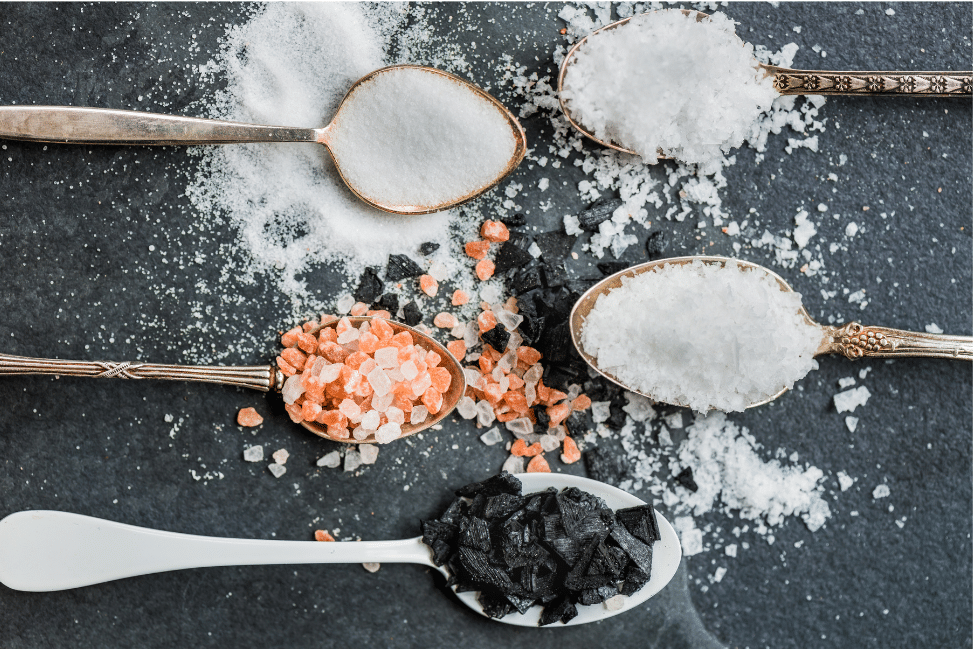Can my body fat put me at higher risk of cancer?
There is evidence to show that being overweigh or obese is a risk factor. In this blog post, I will explore the connection between sugar, visceral fat and cancer.
I want you to understand the role that sugar has to cancer, namely: sugar contributes to fat cells and fat cells (and obesity) contribute to cancer. I will explore this connection today and what you can do to protect yourself.
Body Fat and Cancer
According to the National Cancer Institute, obesity is associated with an increased risk of several cancers, including but not limited to: esophagus, pancreas, colon and rectum, post-menopausal breast, endometrium, kidney, thyroid and gallbladder.
How Does Fat Contribute to Cancer?
There are at least seven routes that would connect body fat to a higher risk of cancer. I will outline these for you.
-
- Fat cells produce a hormone called leptin and leptin contributes to cell growth including cancer cell growth.
- Obese people have lower levels of adiponectin; this hormone reduces proliferation of cancer cells. With less of this regulating effect, cancer cells can grow faster.
- Fat cells affect a couple of tumor growth regulators including mammalian target of rapamycin (mTOR) and AMP-activated protein kinase both of which can be cancer promoters.
- Obese people have chronic low grade inflammation and this is a promoter of cancer.
- Fat cells produce estrogen. Excess estrogen has been linked to cancers of the breast, ovary and endometrium (the estrogen-dependent cancers).
- As I discussed in my previous blog insulin stimulates cancer growth and obese people have higher circulating levels of insulin and a growth stimulant called Insulin-like growth factor 1 (IGF-1).
- Obese people have an immune system that is not as effective as lean people’s.
Body Fat and Cancer
I think it’s pretty clear from this list that the link between excess body fat and cancer is no coincidence. What I want to explore next, is what type of body fat is more dangerous and what limits you should put around your sugar consumption.
When it comes to fat in our bodies, not all fat is the same. There are several types, but the two main types are visceral fat and subcutaneous fat.
What is Subcutaneous Fat?
Subcutaneous means below the skin. It is often abbreviated as “sub q”. For example you may have had a sub q injection – which is an injection into the fatty layer of the skin. This is the type of fat that is removed with liposuction.
What is Visceral Fat?
This is a deeper layer of fat than subcutaneous that is packed around the abdominal organs. This fat cannot be removed with liposuction.
Are you an Apple or a Pear?

Apple is Riskier Than Pear
With a pear shape, people have more fat in their thighs, hips and buttocks. This is subcutaneous fat, and while you may not like it, it does not represent that same risk factor for cancer as the apple distribution.
Measuring Visceral Fat
Other then observing where body fat is distributed on your body is there a way to know how much of visceral fat you have? Yes, there are two tests that can measure this. The first is called computed tomography (CT) and the second is dual-energy x-ray absorptiometry (DXA). However, these are mostly used in research studies and not routine screening.
You can get an estimate of visceral fat level and gauge your risk factor by simply measuring your waist circumference. A waist circumference greater than or equal to 35 inches in women and 40 inches in men is considered high risk (WHO, 2007).
What Makes Visceral Fat?
In studies discussed in a 2012 Nutrition Action article Sugar Belly, researchers discovered that fructose – which is the added sugar found in sugar sweetened beverages is more likely to promote visceral fat.
Is One Type of Sugar Worse Than Another?
Yes, it appears to be. While the evidence isn’t always consistent, there appears to be a trend that fructose is a stronger contributor to metabolic problems – like fatty liver and more visceral fat than glucose (Nutrition Action, 2012 and 2013).
How Much Sugar Can I Eat?
Let’s look at the sugar recommendations from some of the top health organizations to see if we can tease this out.
The American Institute for Cancer Research (AICR) doesn’t provide their recommendation in terms of number of grams of sugar, but instead makes this recommendation as one of their Top 10 recommendations for reducing cancer risk; Avoid sugary drinks and limit consumption of energy-dense foods. Translation: Don’t drink soda pop or other sweetened drinks and avoid sweets and baked goods.
Institute of Medicine: Makes the rather liberal recommendation that added sugars should make up no more than 25% of total calories consumed. For a 2,000 calorie a day diet this would be 500 calories or 125 grams, which is a rather generous 29 tsp. per day.
Heart and Stroke Foundation of Canada: Is stricter than the Institute of Medicine, recommending added sugar should be no more than 10% of calories. For a 2000 calorie diet that would be 48 g or 12 tsp. of added sugar per day.
American Heart Association: Makes the lowest of the recommendations by advising that you limit the amount of added sugar to 100 calories (25 grams) per day for women, which is 6 tsp. per day and 150 calories (38 grams) for men or 9 tsp. per day.
How Much Added Sugar Should I Eat?
Given the many, many links between sugar and cancer, I suggest to you to use the strictest recommendations and limit your added sugar to 6 tsp. per day (9 tsp. per day for men).
How Much Is 6 Teaspoons of Added Sugar Per Day?
Stay tuned for my next blog post where I will outline for you exactly how to achieve a daily intake of no more than 6 tsp. per day of added sugar. To make sure you don’t miss it, sign up to receive notification of the new blogs at www.jeanlamantia.com
References for Fat and Cancer
National Cancer Institute: Obesity and Cancer Risk
Hofmann SM and Tschöp MH. Dietary sugars: a fat difference. J Clin Invest. 2009 May;119(5):1089-92.
